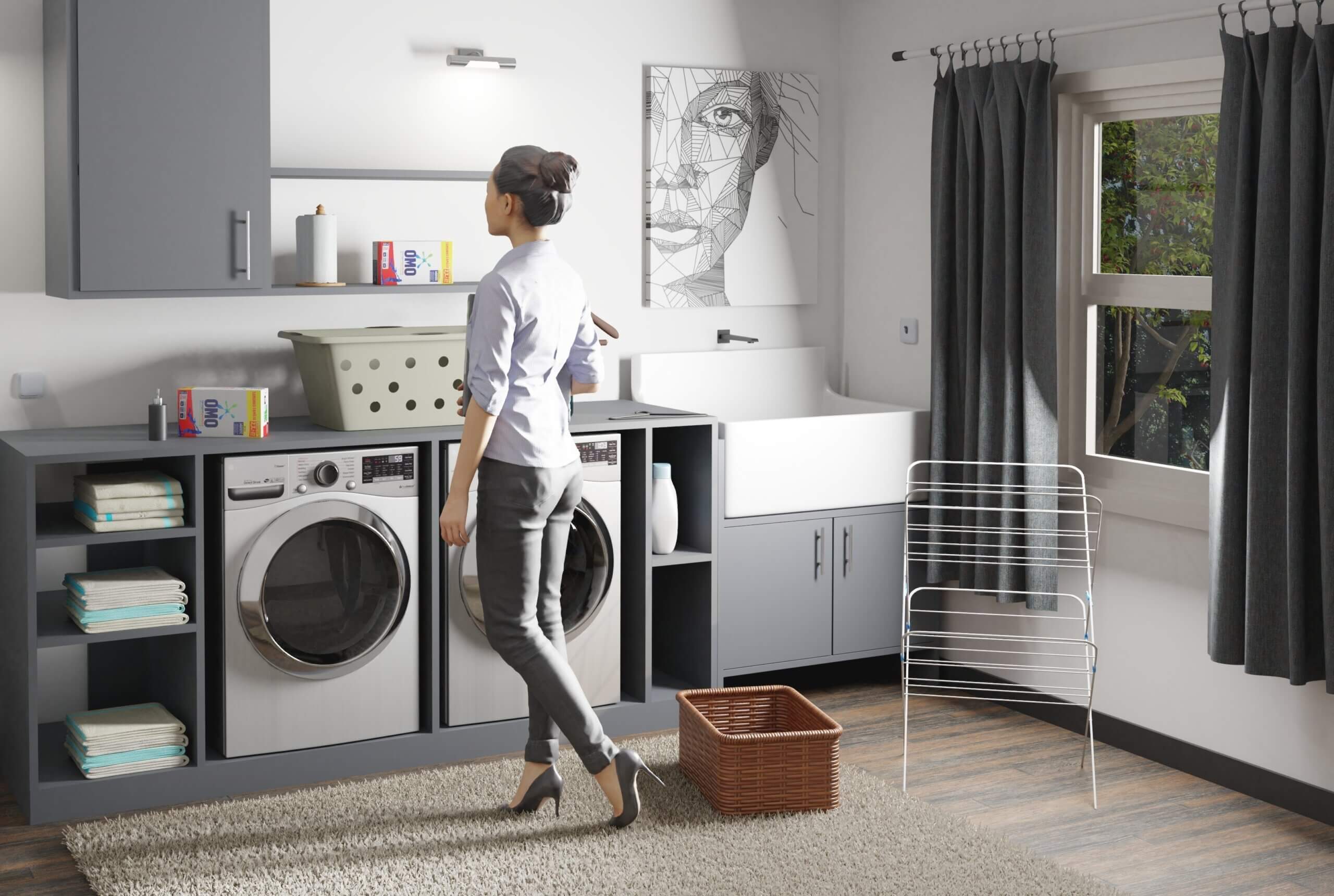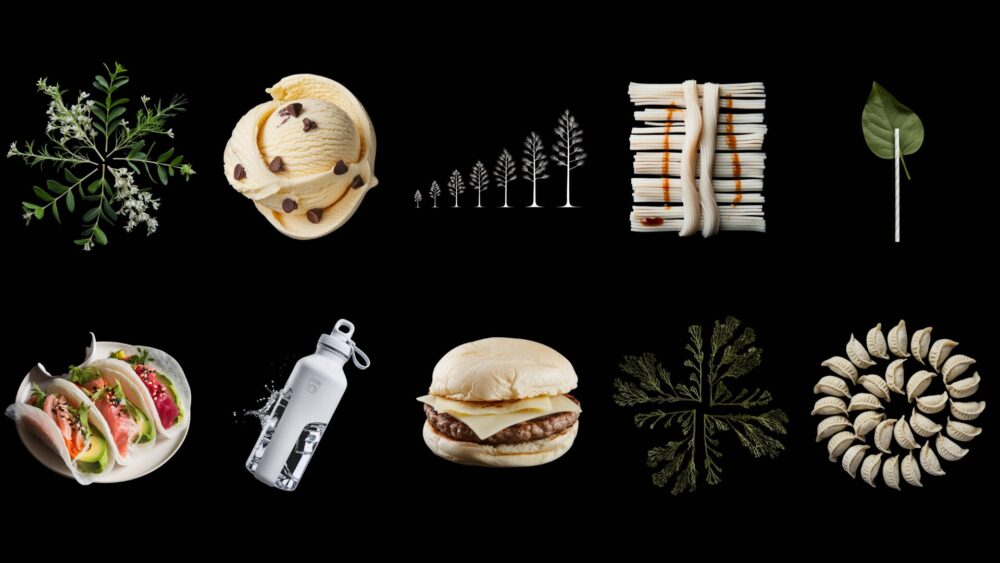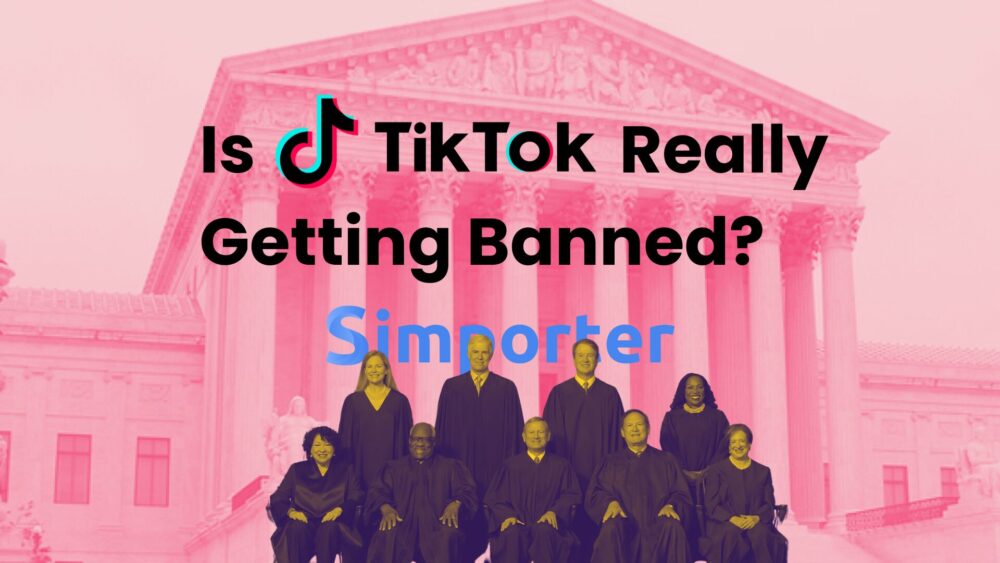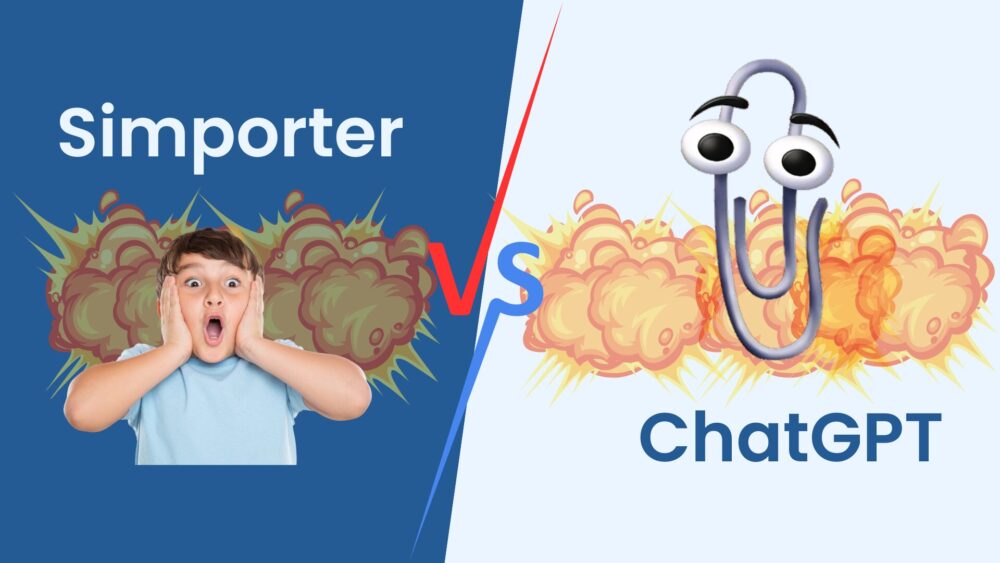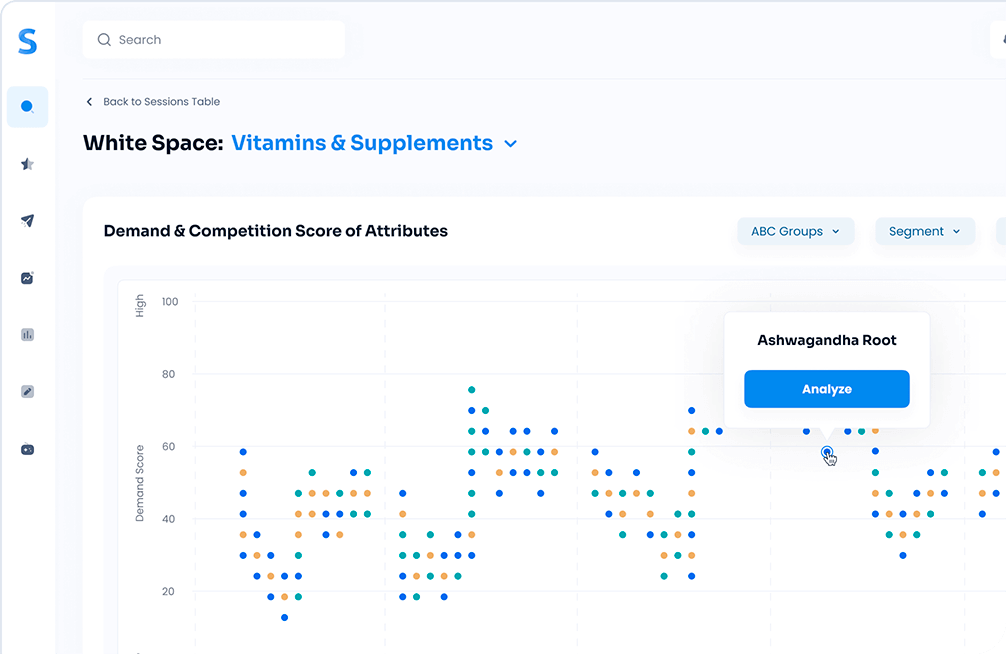Fabric care is undoubtedly a necessity in homes worldwide, so why do so many products leave consumers unsatisfied and feeling like they didn’t get what they wanted or paid for? It’s likely because so many fabric care products come from companies that aren’t taking time to dig into the data of why consumers like or dislike some aspects of their offerings. That’s why we wanted to put together a list of 2023’s top losers for sensory attributes in the fabric care industry below.
Our team wanted to dig deeper into which sensory attributes are expected to struggle the most throughout the next year. So, we leveraged our White Space AI tool to analyze 71 sensory attributes to forecast 2023’s least desirable Fabric Care industry trends.
Check Out the Data Below
The graphic below breaks down ten fabric care ingredients we believe possess the highest potential for growth in 2023. Fabric Care sensory attribute opportunity scores are determined by looking at both share of voice (a leading indicator of market share) and year-over-year growth rate.
Fading

First on our list is Fading, which holds a 0.29 percent share of voice and is expected to experience a significant amount of negative growth next year at 44.01 percent. Companies like the Laundress may want to pivot the branding on products like this one, which are used to combat the inevitable Fading that occurs in all fabrics, mainly white ones.
Whitens
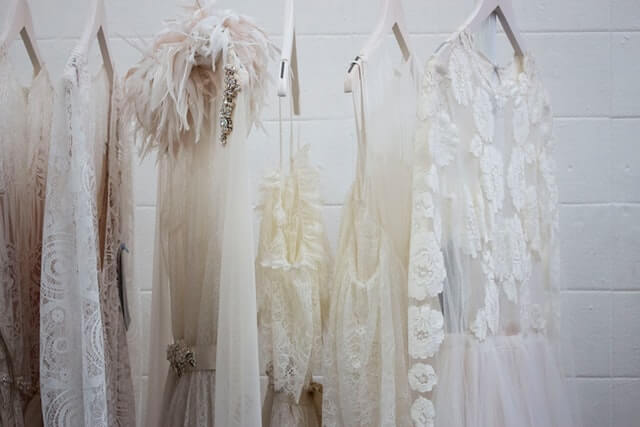
Based on our predictions, our AI’s predictions, products that focus on Whitening or anything branded as “Whitens” won’t have a good 2023. With a 0.05 percent share of voice (one of the smallest on this list), we expect Whitens to shrink in market size with a 26.58 percent negative growth rate expected throughout the next year. Steer clear of Whitens, and focus more on Fresh or Refreshing sensory attributes, which we discussed in our blog here.
Odor
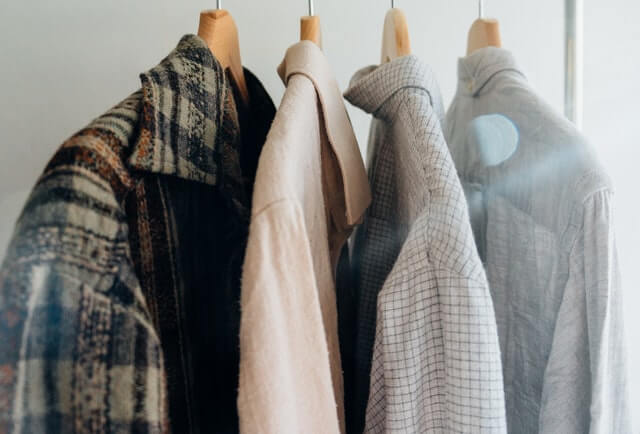
Odor-focused products (1.71 percent share of voice) will see a dip in popularity this year because there are so many alternative options that fit a similar category but focus on the positive. Odor is an unpleasant word, so replace it with Aromatic, and you may see an improvement in sales. We don’t expect a good 2023 for Odor, with an expected negative growth rate of 17.05 percent.
Want more data-centric content like this? Check out our other blogs.
Gentle and Delicate
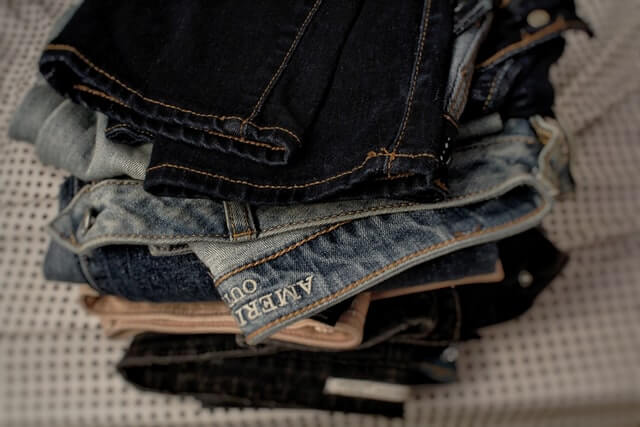
We chose to bundle these two together, seeing that they share similar sensory properties. Consumers are leaning towards Soft and Fluffy in 2023 and staying away from Gentle and Delicate.
Gentle is fourth on our list with a predicted 17.03 percent negative growth rate, which should eat into its 1.30 percent share of voice (one of the highest on this list). Delicate has a much smaller share of voice, at only 0.58 percent, and is expected to see a similar dip in popularity at 15.66 percent negative growth for 2023. Gentle and Delicate are a bit too vague compared to Soft, which tells consumers exactly what something will feel like.
Grease
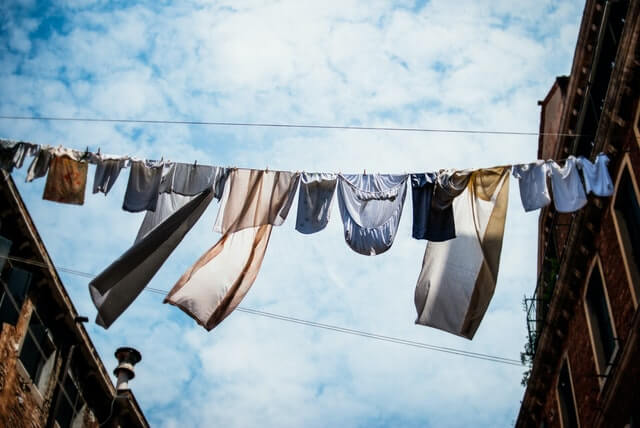
Grease-fighting products in Fabric Care industry like Tide’s famous stain sticks and grease removers are expected to see a slight downturn in consumer confidence next year, with a negative 15.06 percent growth rate predicted by our White Space AI tool. Grease — which holds a 0.43 percent share of voice — won’t be able to keep up with more direct terms like Oily, which is one of the top predicted winners for sensory attributes next year.
Relief
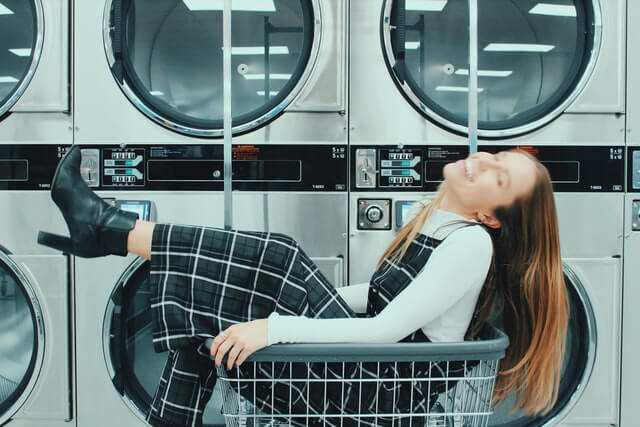
Products that brand themselves as able to offer Relief of odors, stains, etc., are going to struggle this year as well. Consumers want to know exactly what they’re buying, and while relief can sound good in theory, it’s really not that specific and doesn’t get the benefit across clearly. Relief (0.05 percent share of voice) will see a dip this year, with our AI predicting a negative 11.58 percent growth rate for the rest of the year.
Vibrant
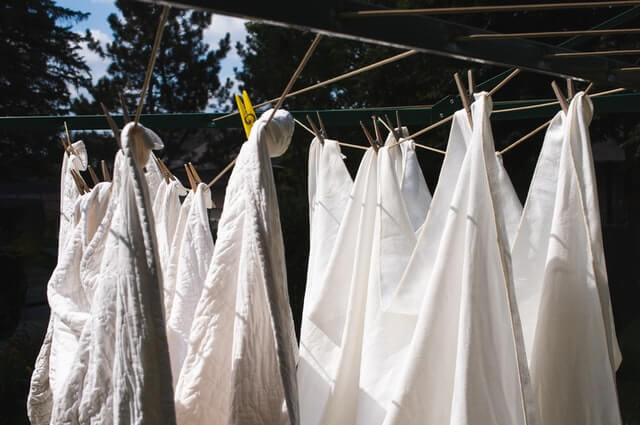
Keeping clothes vibrant is a reasonably straightforward way to market your products, but it’s not necessarily a way someone can feel, so it isn’t going to be too effective in 2023. We expect Vibrant branded products, which have a 0.05 percent share of voice (another one of the smallest on this list), to grow at a rate of negative 10.56 percent. Fresh is the way to go; Vibrant is on its way out.
Sensitive
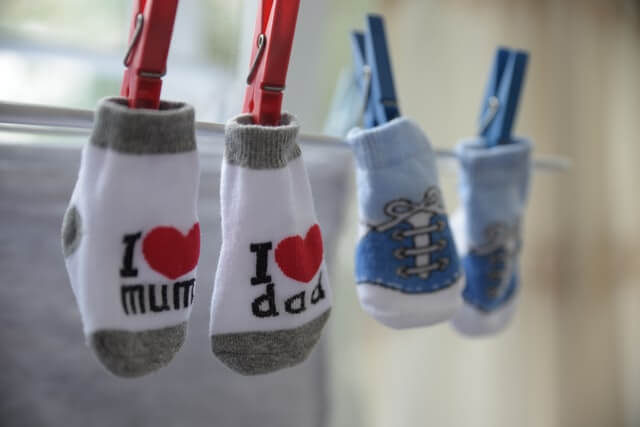
While Sensitive products like Arm & Hammer’s Sensitive Skin Detergent have the second-largest share of voice among all the attributes on this list at 4.20 percent. There will be a very minimal loss in share of voice, with a 3.46 percent negative growth anticipated for this year, but Sensitive is still an excellent way for your brand to keep consumers interested in coming back for more.
Smell
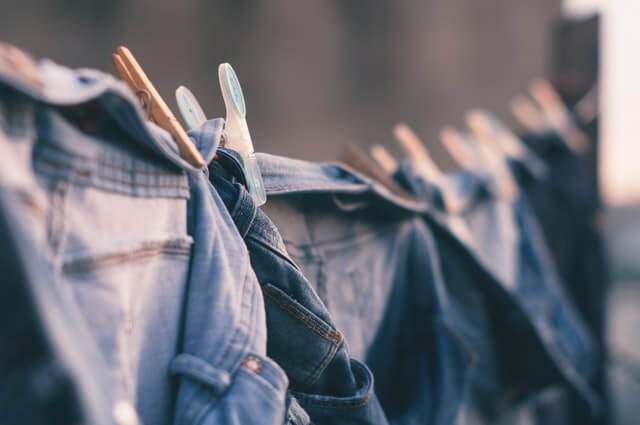
Smell really shouldn’t be viewed as a loser, but it technically is going to experience a slight loss in market share next year. Smell is by far the most significant attribute on this list regarding share of voice, with an astounding 16.57 percent to its name. Smell is here to stay regardless of this minor blip on its record, so even though 2023 won’t be its best year, you can still build products around this attribute if you want to.
Say Goodbye to These Senses
Brands that focus on what their customers feel when using their products are the ones that tend to have a leg up on the competition compared to those that emphasize profits and volume. So, put more resources into sensory attributes like Soft and Fluffy and avoid Fading or Odor-related products.
For more insights on luxury cosmetics trends, check out our recent webinar here. If you’re ready to see Simporter AI in action and learn what it can do for you, request a demo on our website.
